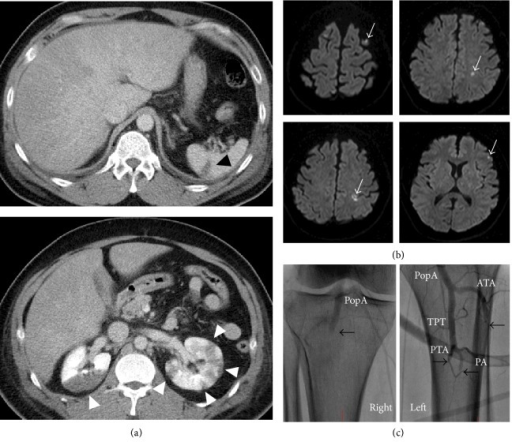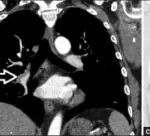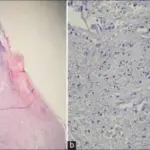Systemic embolism refers to the emboli in the arterial circulation. It usually occurs due to thromboembolism. Most commonly originate in the left heart.
What is the Pathology of Systemic Embolism?
The pathology of systemic embolism is:
-Etiology: The cause of systemic embolism is aortic aneurysm, artificial heart valves, ulcerated atherosclerotic plaques, and infective endocarditis.
-Genes involved: None.
-Pathogenesis: The sequence of events that lead to systemic embolism includes the formation of intracardiac thrombi after classical heart transplantation are presumably the enlarged left atria, the non-contractile portion of recipient atrium, and the asynchrony between the donor and the recipient atria which encourages stasis.
-Morphology: The morphology associated with systemic embolism shows origination from aortic aneurysms, thrombi overlying ulcerated atherosclerotic plaques, fragmented valvular vegetations.
-Histology: The histology associated with systemic embolism shows ischemic necrosis.
How does Systemic Embolism Present?
Patients with systemic embolism typically affect males present in the age range of 50 and above. The symptoms, features, and clinical findings associated with systemic embolism include shortness of breath, tachycardia, altered mental state, nausea, vomiting, however, most patients are asymptomatic too.
How is Systemic Embolism Diagnosed?
Systemic embolism is diagnosed using a thoracic CT scan or TEE.
How is Systemic Embolism Treated?
Systemic embolism is treated with anticoagulants and thrombolytics, surgical intervention.
What is the Prognosis of Systemic Embolism?
The prognosis of systemic embolism is poor with an increased mortality rate.



